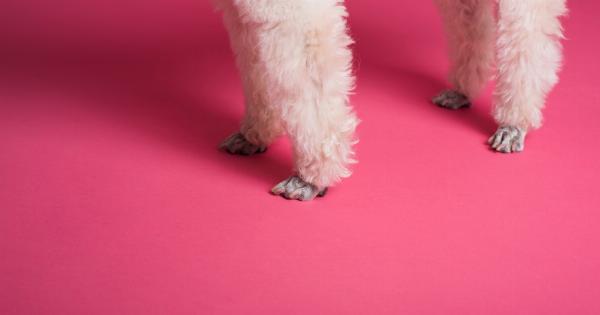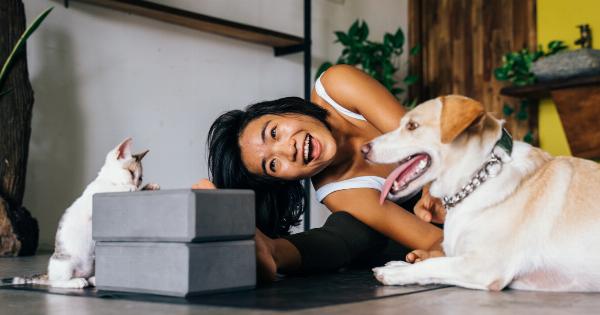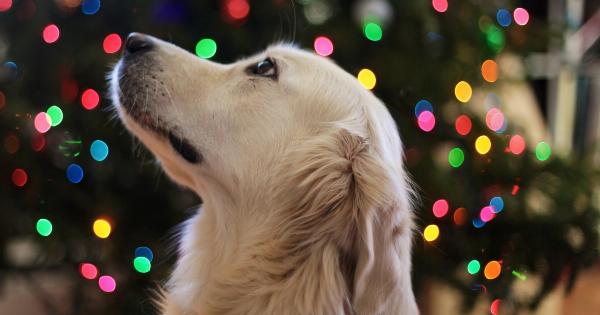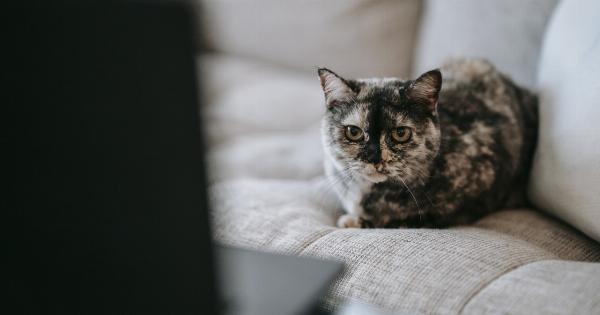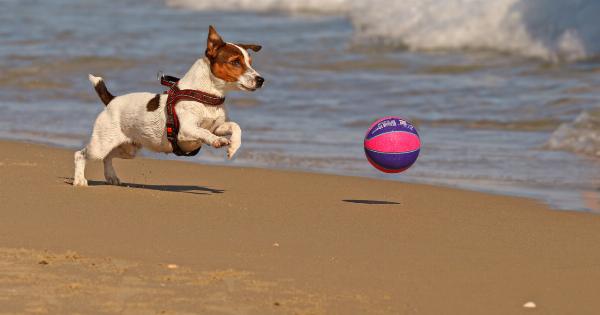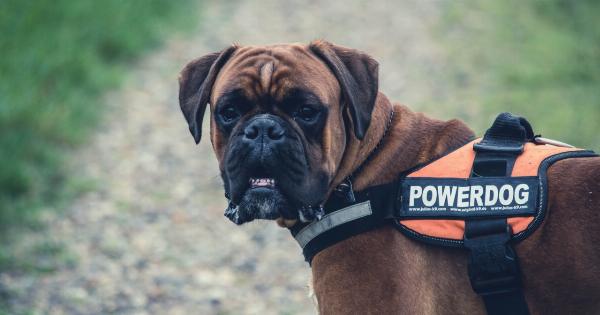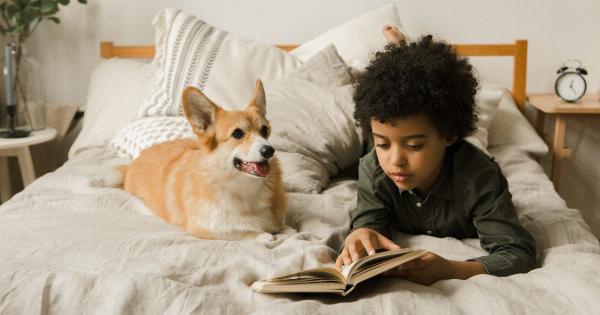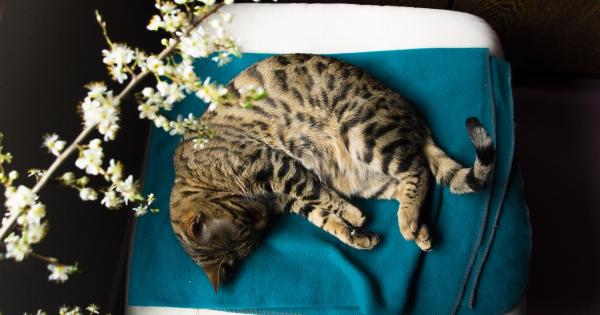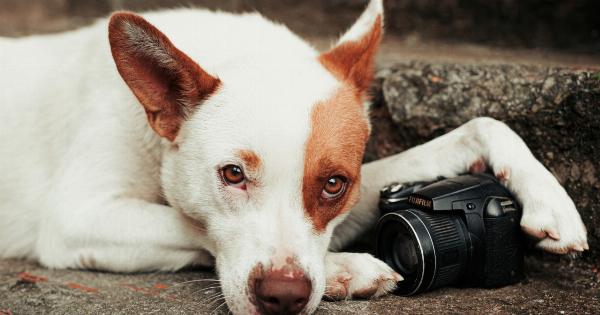A well-groomed dog is not only aesthetically pleasing but also essential for their overall health and happiness. Regular haircuts and baths are crucial in maintaining your furry friend’s cleanliness and style.
However, knowing the best time to provide these grooming sessions can be a bit confusing. In this article, we will guide you through the ideal intervals for a dog’s haircut and bath, ensuring they remain clean, healthy, and looking their best.
The Importance of Regular Haircuts
Dogs, just like humans, need regular haircuts to prevent their fur from becoming unmanageable and matted. Here are a few reasons why regular haircuts are essential:.
Maintaining Comfort
Long, unkempt hair can cause discomfort for your dog, especially during warmer months. Regular haircuts help prevent overheating and keep your furry companion cool and comfortable.
Preventing Matting and Tangles
Without regular trims, a dog’s fur can become matted and tangled. Mats are not only unsightly but can also cause pain and skin irritation. Regular haircuts ensure your dog’s coat remains tangle-free and easy to manage.
Promoting Healthy Skin and Coat
Regular haircuts also promote healthy skin and a shiny coat. Trimming the fur removes dead hair and reduces the risk of skin conditions such as dermatitis or hot spots.
Additionally, it allows air to circulate better, preventing excessive moisture buildup on the skin.
Factors to Consider
Before determining the best time for a haircut, it’s crucial to consider a few factors:.
Breed and Coat Type
The ideal frequency of haircuts depends on your dog’s breed and coat type. While some breeds require regular trims every few weeks to maintain their appearance, others may only need one or two haircuts per year.
Research your dog’s specific breed to determine their coat requirements.
Growth Rate
Some dogs have hair that grows faster than others. If your dog’s fur grows quickly, more frequent haircuts may be necessary to prevent it from becoming tangled or overgrown.
Lifestyle
Consider your dog’s lifestyle and activities. If they spend a lot of time outdoors, their fur is likely to accumulate dirt, debris, and potential allergens more quickly, requiring more frequent haircuts and baths.
Best Time for a Haircut
Now that we have discussed the importance of regular haircuts and the factors to consider, let’s determine the best time for a haircut:.
Frequency of Haircuts
The frequency of haircuts depends on your dog’s specific needs and breed. Here are some general guidelines:.
Long-haired Breeds
Long-haired breeds such as Shih Tzus, Collies, or Maltese require more frequent haircuts. These dogs often have fast-growing hair that can easily become tangled or matted. A haircut every 4-8 weeks is typically recommended for long-haired breeds.
Medium-haired Breeds
Breeds with medium-length fur, like Cocker Spaniels or Australian Shepherds, may need haircuts every 6-10 weeks. However, the specific grooming needs can vary depending on the individual dog and their coat condition.
Short-haired Breeds
Short-haired breeds, such as Boxers or Doberman Pinschers, generally require less frequent haircuts. While regular trims can help maintain a sleek appearance, they usually only need to be done every 3-6 months.
Consulting a Professional Groomer
If you are uncertain about the ideal timeframe for your dog’s haircut, it’s always best to consult a professional groomer.
They can assess your dog’s coat and suggest the most suitable schedule based on their expertise and knowledge of different breeds.
The Best Time for a Bath
Alongside regular haircuts, baths are an integral part of a dog’s grooming routine. Here are some tips on determining the best time for a bath:.
Frequency of Baths
The frequency of baths depends on several factors, including your dog’s lifestyle, coat type, and any underlying skin conditions. Here are some general guidelines to follow:.
Outdoor Activities
If your dog loves to explore the outdoors, enjoys rolling in the grass, or frequently visits the dog park, they may require more frequent baths.
Ideally, you should bathe them every 4-6 weeks to remove dirt, allergens, and potential irritants from their coat.
Coat Type and Skin Conditions
Different coat types require different care. Dogs with oily skin or those prone to skin allergies may require more frequent baths to keep their skin clean and alleviate any discomfort.
However, excessive bathing can also strip the coat of its natural oils, so it’s essential to strike a balance.
Consulting a Veterinarian
If you are unsure about the optimal bath frequency for your dog, it’s always advisable to consult your veterinarian. They can assess your dog’s coat and skin condition and provide you with personalized recommendations.
Tips for a Successful Haircut and Bath
Now that you know the best time for a haircut and bath, here are some tips for successful grooming sessions:.
Establish a Routine
Consistency is key when it comes to grooming your dog. Establishing a regular schedule for haircuts and baths helps them become familiar with the process and reduces their anxiety.
Use the Right Products
Choose high-quality dog shampoos and conditioners that are specifically formulated for your dog’s coat type. Using the right products prevents potential skin irritations and keeps their fur healthy and shiny.
Brush Regularly
Regular brushing is essential between haircuts. It helps prevent matting, remove loose hair, and distribute natural oils throughout their coat. Brushing also provides an excellent opportunity for bonding with your dog.
Take It Slow
If you decide to groom your dog at home, introduce them to the process gradually. Start by getting them comfortable with being touched in the areas you will be trimming or bathing. Reward them with treats and praise to make it a positive experience.
Consider Professional Grooming
If you are not confident in your grooming skills or your dog requires intricate styling, consider taking them to a professional groomer.
They have the expertise and experience to style your dog’s fur according to breed standards or your specific preferences.
Conclusion
Maintaining your dog’s cleanliness and style is an essential part of being a responsible pet owner. Regular haircuts and baths not only keep your furry friend looking their best but also promote their overall health and well-being.
The best time for a haircut and bath depends on various factors such as breed, coat type, and lifestyle. By understanding your dog’s specific needs and consulting professionals when in doubt, you can ensure they remain clean, styled, and happy companions for years to come.

